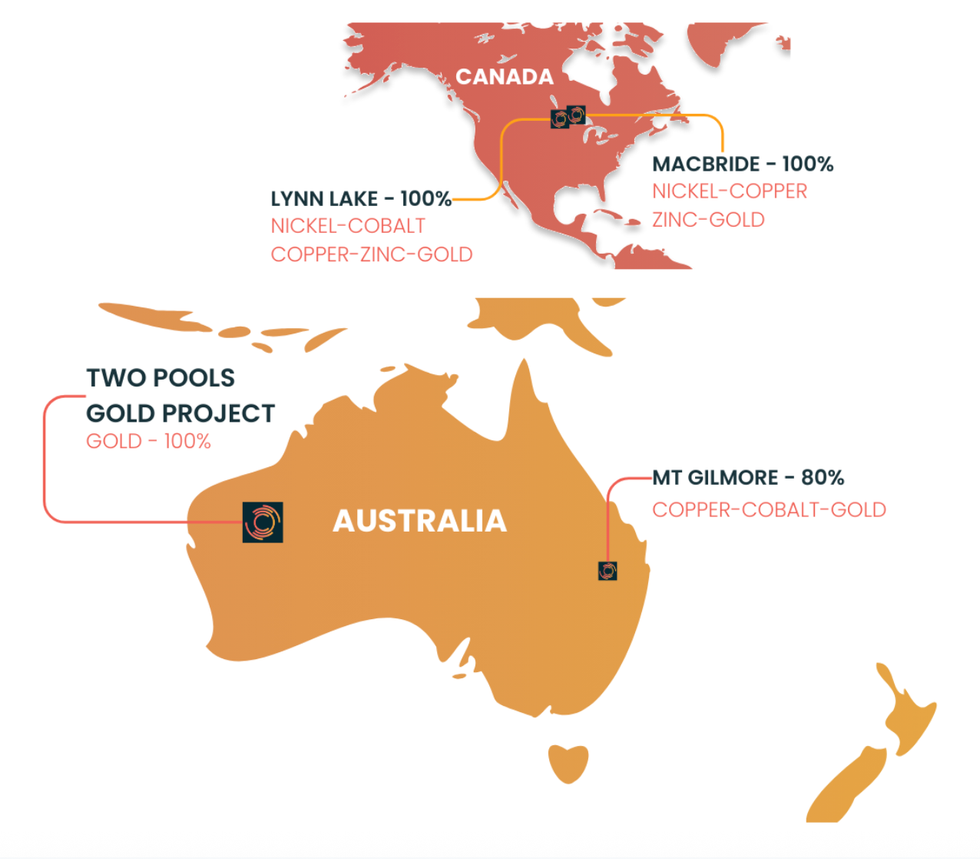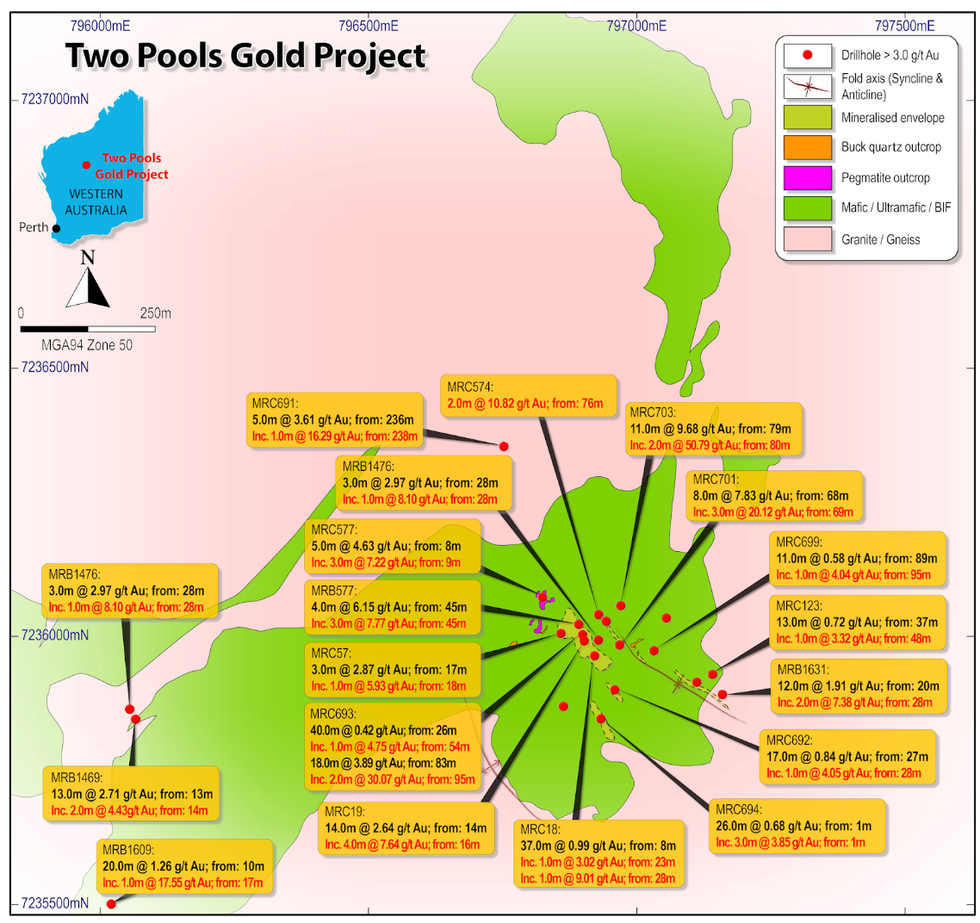An onslaught of negative data hit the copper market Tuesday sending the red metal down in early trading.
By Leia Michele Toovey- Exclusive to Copper Investing News
An onslaught of negative data hit the copper market Tuesday sending the red metal down in early trading. Upon opening, the market witnessed a bit of panic as news spread that North Korea fired artillery at a South Korean island near a disputed western maritime border. A South Korean military unit returned fire, while military officials scrambled fighter jets.The most widely held copper contract, for March delivery, was recently down 7.2 cents, or 1.9 percent, at $3.69 a pound on the COMEX division of the New York Mercantile Exchange. On the London Metal Exchange, copper for delivery in three months declined $122, or 1.5 percent, to $8,168 a metric tonne. The entire base-metals complex felt the effects of negative data, with zinc, lead, aluminum and tin dropping, nickel, however, was little changed.
Concerns over international instability simply reinforced the bearish data already incorporated into copper’s price, on Monday. Concerns over sovereign debt in the EU were resurrected, as Ireland came to the table, asking for aid. It is not just Ireland’s plea for help that has the markets concerned, it’s the fact that Ireland’s parliament may have trouble pushing through the austerity measures required for the nation to receive the financial rescue package it has requested.
Further dampening copper’s rally was rumours that China would issue another round of monetary policy tightening. Economic strength in China has, by far, been the largest factor in copper’s ascent to near record highs. Now, it seems apparent that growth in the nation is about to cool. China’s largest banks are near reaching annual lending quotas and plan to stop expanding loan books, according to multiple sources with inside knowledge.
The Chinese government in the past month stepped up a campaign to limit credit expansion after inflation quickened and property prices surged. China’s refined copper imports plummeted 30 percent to 169,897 metric tonnes in October, the lowest in one year, as higher international prices and ample domestic supplies hurt demand for overseas shipment.
Inventories of copper stored in London Metal Exchange warehouses fell 950 metric tonnes Tuesday, to sit at 358,050 tonnes. The most recent COMEX inventory data, released late Monday afternoon, shows copper supplies down 75 short tonnes at 73,071 short tonnes.
Chile Strike
While most of the smaller mines in Chile have settled their 19-day strike with workers, workers at Chile’s Collahuasi have until midnight to accept a one-time cash payment of $29,000 and return to work. Management at the mine, owned by Xstrata (LON:XTA) and Anglo American, said 170 workers had quit the walkout as of Monday night. This is only 11 percent of union membership, a far cry from the 50 percent needed to end the strike. This is the biggest strike at a private Chilean mine since 2006, when workers downed tools for 26 days at Escondida, the world’s largest copper mine. If an overwhelming majority of strikers stay on the picket line then management could be forced to restart negotiations after the deadline rather than risking output losses at a time when copper prices are a hair away from record highs.
Meanwhile, protests in Peru turned violent as hundreds of protesters opposed to a mine of Southern Copper smashed windows at a training center and set a bus on fire on Monday. It took approximately 1000 police officers to reign in the protesters and prevent them from blockading a section of the Pan-American Highway. The protesters are most likely local farmers, who after vocal outrage earlier this year, led Southern Copper to build a desalination plant fed by seawater to appease planters who said the $1 billion Tia Maria project would have taken their supplies of freshwater. Since this resolution, at least two local groups have taken different positions about the project. Some farmers have asked the company build a reservoir for local planters to use, while another group, called the Front for the Defense of the Tambo Valley, says the mine would cause pollution and accused the government of President Alan Garcia of being on the side of big mining companies. The project was put on hold in late April for 90 days, while the government and local communities worked on an environmental impact study.







